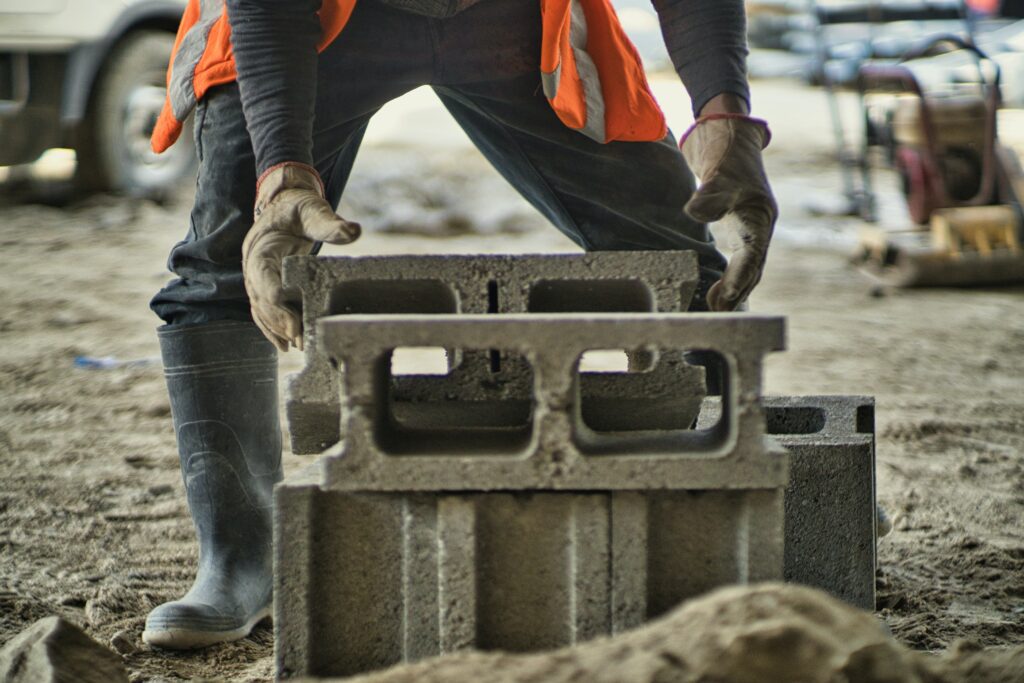Clinic Training & Software
Clinician Resources
At ErgoScience, we understand the importance of injury prevention. Our programs are designed to provide you with the knowledge and tools you need to stay safe and healthy.
Expand Your Knowledge
Access valuable resources to improve your knowledge and skills for treating, managing and evaluating patients with workplace musculoskeletal disorders (MSDs)
In our ErgoScience Resources section, you'll find a wealth of information to help you better understand workplace MSD treatment, management, and evaluation. Download informative whitepapers, explore insightful articles, and view informative webinars, all designed to help you make informed decisions for your patients with work-related injuries.








